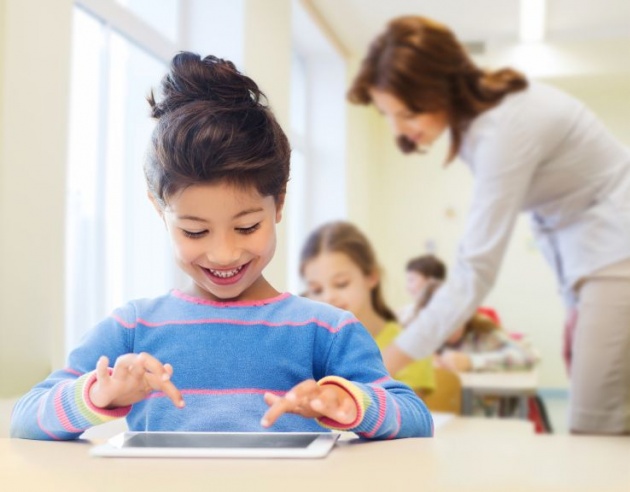
Recently, Taiwanese lawmakers approved the “Child and Youth Welfare and Protection Act,” making it illegal for children under the age of 18 to use electronic devices for excessive periods of time.
In the United States, we don’t have legislation restricting screen time, but organizations like the Campaign for a Commercial-Free Childhood have addressed the issue of screen time by creating Screen-Free Week, an annual initiative that encourages families to unplug from technology for a week.
But these actions ignore a fundamental principle: All screens are not created equal. A tablet, TV and computer are all different in terms of function, the way people interact with them and the type of content consumed. All things considered, why don’t we delve into what matters, which is the activity being done, rather than the channel or device?
The basic misconception stems from the notion that the screen itself is more important than the action being performed. Well-meaning organizations have made blanket recommendations calling for an end to screen time for kids, but these recommendations are based on obsolete studies, conducted prior to the iPad and other interactive devices.
In May 2014, Dr. Dimitri A. Christakis, co-author of the 2011 American Academy of Pediatrics Guidelines on Infants and Media, spoke out about the guidelines, arguing the “judicious use of interactive media is acceptable for children younger than the age of 2 years.”
Screens have evolved from the days of TV, when most viewing was passive and lacked interaction. Today, tablets can be used for language learning, playing games, watching Khan Academy videos or video chatting with family. The possibilities are endless, and while it’s all done on the same screen, each activity is different, tapping into different emotions, skills and parts of the brain. Knowing this, why would we treat all screen activities the same?
According to a 2014 Zero to Three study, “research shows that when parents and other trusted adults make screen use an interactive, shared experience, it can become a tool for learning, and the potential negative effects can be reduced.” The study advised parents to be selective with content and to “choose programs and apps with interactive components that engage your child’s participation, that use strong story lines, and that model positive interactions between characters.”
As with most things, a balance between kids’ activities is generally best. Too much of anything is not healthy. Reading books is great, but if your nose is stuck in a book and you never step outside, there’s an imbalance there. The same concept applies to sports. Being active and playing basketball is a fantastic way to get exercise and build teamwork skills, but if that means that you never pick up an instrument or draw a picture, then you are missing out on valuable experiences.
This concept is obvious for most parents, and the same simple approach applies to screen time — keep a balance. If screens can provide value and be useful, use them! If not, put them away. Technology isn’t a one-size-fits-all solution and shouldn’t be treated as such, but it also shouldn’t be deemed categorically bad, either.
Instead, think of tablets as a tool — one that can be used for education, entertainment or communication, depending on your preference. It’s a versatile tool that contains the world’s collected information, all in one single place.
Does your child want to learn how to play the piano? There are videos online that can teach your little Mozart. Do you have a bookworm who is longing to read a new story? Snag a free e-book download. Does your little one miss Grandma and Grandpa? They’re just a video call away.
When you start thinking about technology as a tool, it becomes clear that the point is not to replace anything — it’s just to add value where it can. It shouldn’t take the place of face-to-face interaction. On the contrary, your phone helps you stay in touch with more people than you might otherwise. The two aren’t mutually exclusive. Having friends on Facebook doesn’t mean that you can’t have dinner without a phone on the table.
Use technology where it is useful. Teach your kids to think of it in the same way. It’s the same common sense you’re already teaching them.
We know that technology is going to play a major role in kids’ lives. It’s not a matter of “if” children should be using technology, but “how.”



